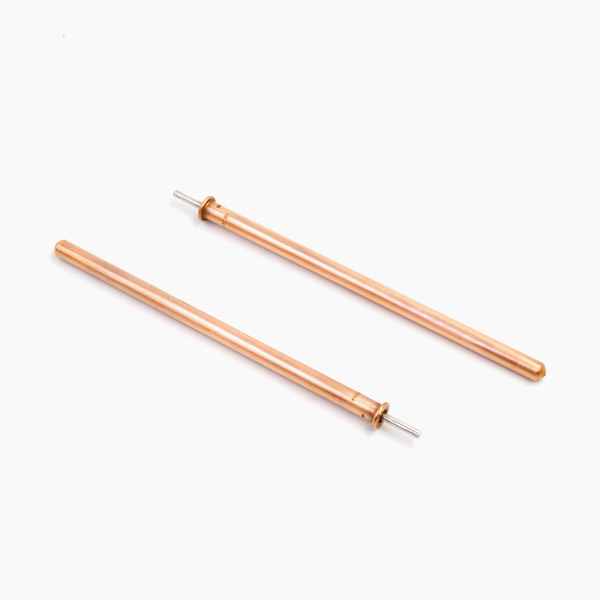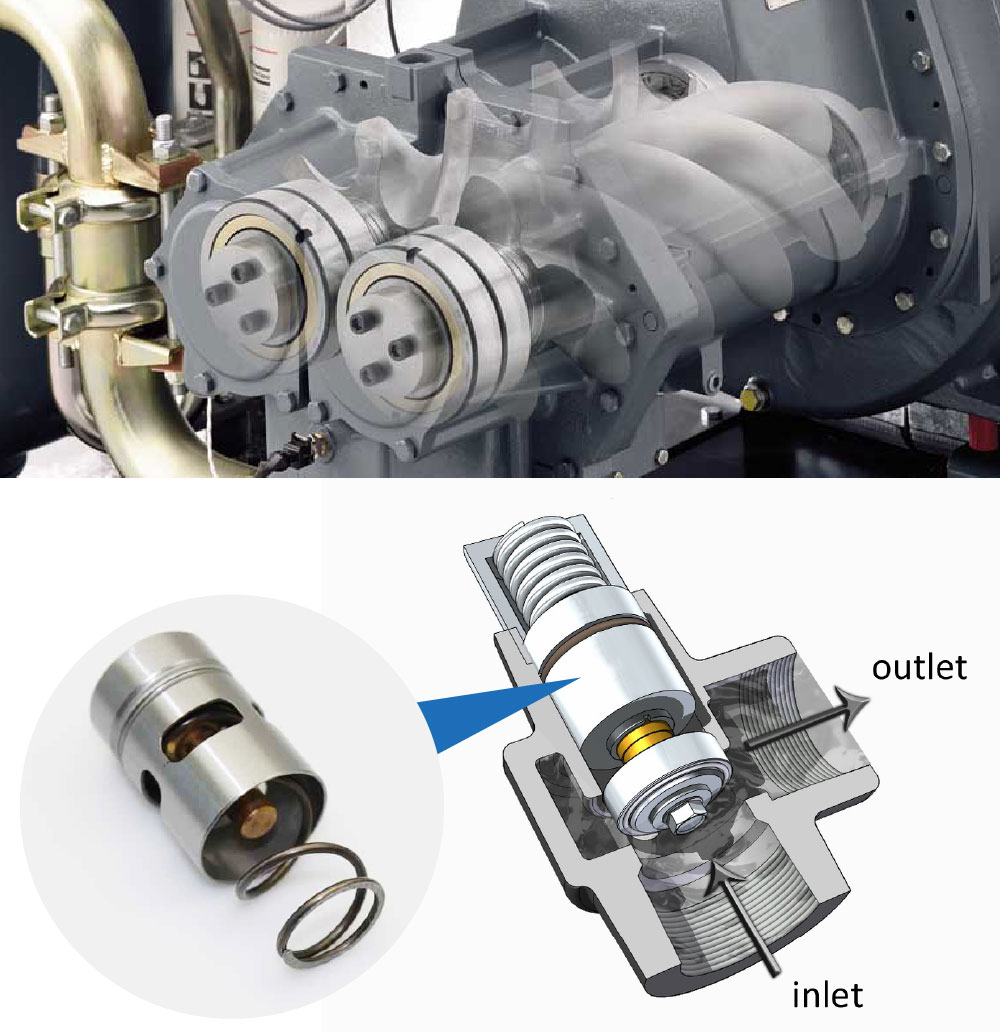A permanent magnet synchronous motor controller based on FPGA is introduced. Through the analysis of the requirements of permanent magnet synchronous motor controller, the hardware architecture and software strategy of the system are determined. Using Microsemi’s M2S005 FPGA as the core device, a permanent magnet synchronous motor controller is built. By sampling the motor current and rotor position, the field oriented control method is adopted to control the motor. The experimental results show that the designed system can achieve high precision and wide range control of permanent magnet synchronous motor. As a prime mover, motors have been widely used in the national economy, including manufacturing, aerospace, measurement and other industries, up to tens of thousands of kilowatt motors used by metallurgical enterprises, small power motors and even several watt micro-motors. The application of motors is almost everywhere in our life. Among all kinds of motors, permanent magnet synchronous motor (PMSM) has the advantages of high efficiency, high power factor, good capability index, small size, light weight and small temperature rise, compared with AC asynchronous motor which is widely used in traditional industry. Its energy-saving effect is obvious and the power factor of power grid is better improved. Therefore, PMSM has gradually become the main motor. Flow application direction. Permanent magnet synchronous motor (PMSM) must start and run through special control system. In order to achieve high performance, digital control system is usually used to achieve it. At present, most of them use DSP or ARM chips as the main control chips. The two chips are similar in application, and they are controlled by software method. Field Programmable Gate Array (FPGA) is the product of further development on the basis of programmable devices. It is one of the most integrated special integrated circuits (ASIC). Its internal configurable logic module, static repeatable programming and dynamic system reconfiguration functions enable hardware functions. It can be modified by programming just like software.
Because the function of the FPGA is realized by hardware, the program written in the chip is not easy to be interpreted, which makes the FPGA an important means of intellectual property protection. At present, in the application of digital circuits, FPGA is mostly used as an auxiliary chip to realize part of the logic conversion function. However, with the further development of materials and manufacturing technology, the cost of the chip is reduced and the performance is improved. Some of the products of the FPGA can completely replace the DSP as the core control chip of the system through the embedded processor core. This paper introduces a permanent magnet synchronous motor controller based on FPGA. Through the analysis of the requirements of permanent magnet synchronous motor controller, the hardware architecture and software strategy of the system are determined.
A permanent magnet synchronous motor controller is built by using Microsemi’s M2S005 type FPGA as the core device. By sampling the motor current and rotor position, the field-oriented control method is adopted to control the motor. The experimental results show that the designed controller can achieve high precision and wide range control of permanent magnet synchronous motor. Fig. 1 shows the structure of permanent magnet synchronous motor control system based on FPGA. The system uses the FPGA as the core device, replacing the DSP or ARM chip in the traditional digital control system. The system collects the position information of permanent magnet synchronous motor by resolver, calculates the position information by special decoding chip, and transmits it to the FPGA through parallel bus for calculating the speed of motor rotor and calculating the angle of vector control. The Hall current sensor is used to collect the phase current of the motor, and the AD function of the FPGA is used to sample the current for the current closed-loop operation. Speed control of permanent magnet synchronous motor adopts speed and current double closed-loop field orientation (FOC) algorithm, as shown in Figure 2. Field Oriented Control (FOC) algorithm is a control method for permanent magnet synchronous motor (PMSM). It has many advantages, such as high efficiency, optimized dynamic performance and low torque ripple. It has been widely used in the field of industrial motor control. FOC is also called vector control. Its basic idea is to simulate the control method of DC motor. The mathematical model of multi-variable/non-linear/strong coupling system of three-phase motor is simplified into a set of linear differential equations with constant coefficients, then converted into a set of algebraic equations with constant coefficients, and then written into a voltage matrix equation.
Then, the shafting of motor is carried out. The coordinate transformation, through coordinate transformation and field orientation, obtains the mathematical model equivalent to that of DC motor. The current vector is decomposed into two mutually perpendicular components along the field orientation coordinate, namely, thermostatic element the excitation current component which generates flux and the torque current component which generates torque, and is controlled independently by simulating the DC motor. The dynamic response characteristic is as good as that of DC motor.

The main control chip adopts the M2S005 type FPGA chip of Smart Fusion 2 series of Microsemi Company.
Smart Fusion 2 series of FPGA chips are a series of high performance, low power consumption, high reliability and security FPGA chips designed by Microsemi using flash technology. The chip provides ARM_cortex_M3 hard core and configures on-chip AD. The main functions of the FPGA chip are current and voltage sampling conversion, speed and current double closed-loop regulation and SVPWM generation. In order to ensure the sampling accuracy, a special AD sampling chip ADC121S101 is configured to realize current sampling and transmit it to the FPGA through the serial bus. The current sampling circuit is shown in Figure 3. In addition, the main control board also integrates auxiliary functions such as power conversion, contactor control, transformation signal decoding and transmission, PWM driving signal buffer, CAN communication interface and fault signal processing. The power unit mainly includes pre-charging circuit, DC bus capacitor, power module and its absorption circuit, driving circuit, contactor and sensor. The design of power unit is mainly based on the voltage level of DC power supply and the power level of driving motor to select appropriate circuits and devices. Combining with the resource of selecting the FPGA chip and the requirement of motor control function, the overall realization function of the software is divided as follows. The principle block diagram of the main motor control algorithm is shown in Figure 4. Process control, CAN communication and sampling processing. The main program flow of motor control is shown in Fig. 5. According to the above hardware and software architecture, a 270V/10kW permanent magnet synchronous motor control system is designed, and the load test and performance test of the system are carried out by using the back tow motor test bench. The test speed waveform is shown in Fig. 6, and the current waveform is shown in Fig. 7. The indicators achieved by the experiment are shown in Table 1. This paper introduces a permanent magnet synchronous motor controller based on FPGA.

Through the analysis of the requirements of permanent magnet synchronous motor controller, the hardware architecture and software strategy of the system are determined. A permanent magnet synchronous motor controller is built by using Microsemi’s M2S005 type FPGA as the core device.
By sampling the motor current and rotor position, the field oriented control method is adopted to control the motor. The experimental results show that the designed system can achieve high precision and wide range control of permanent magnet synchronous motor.
